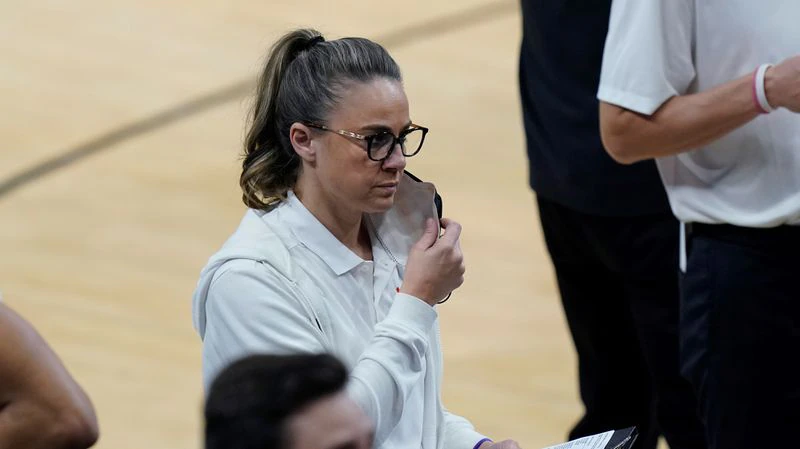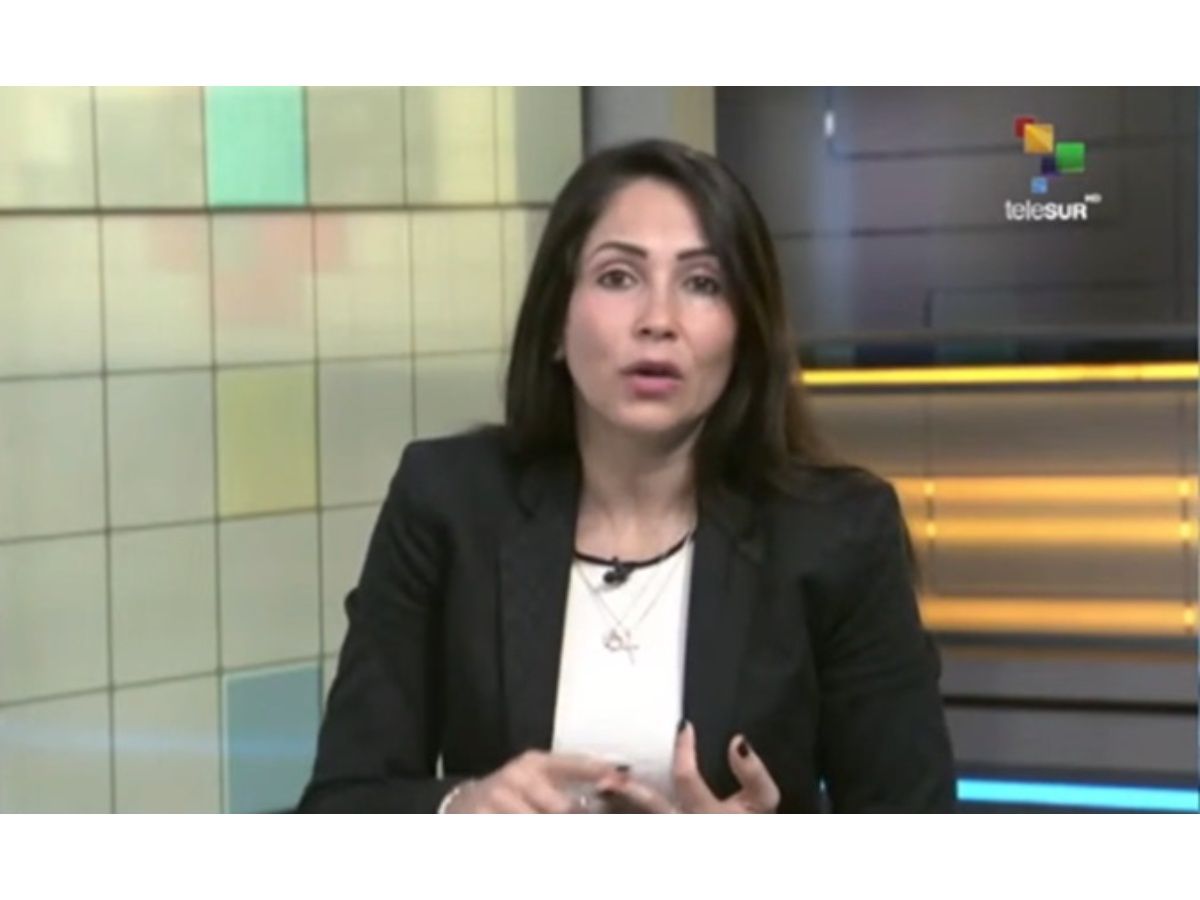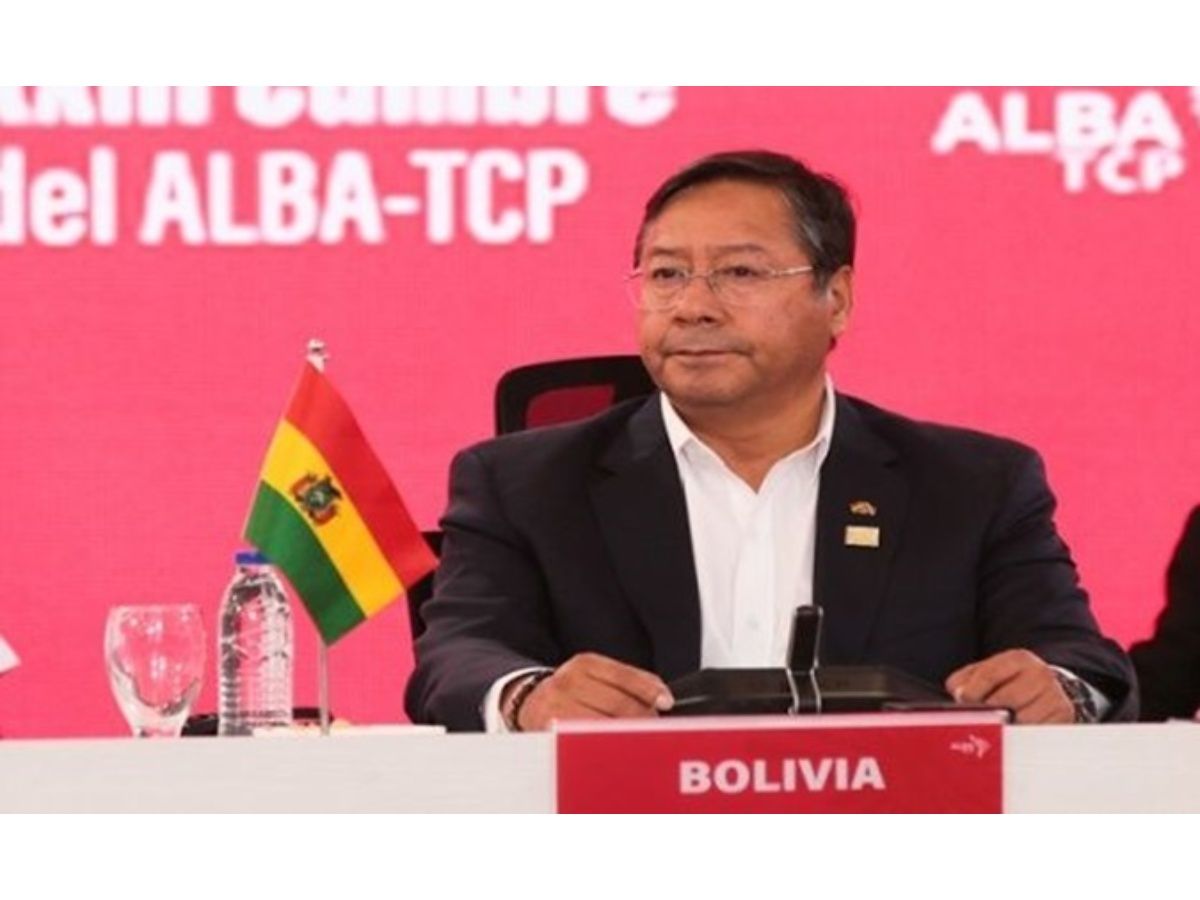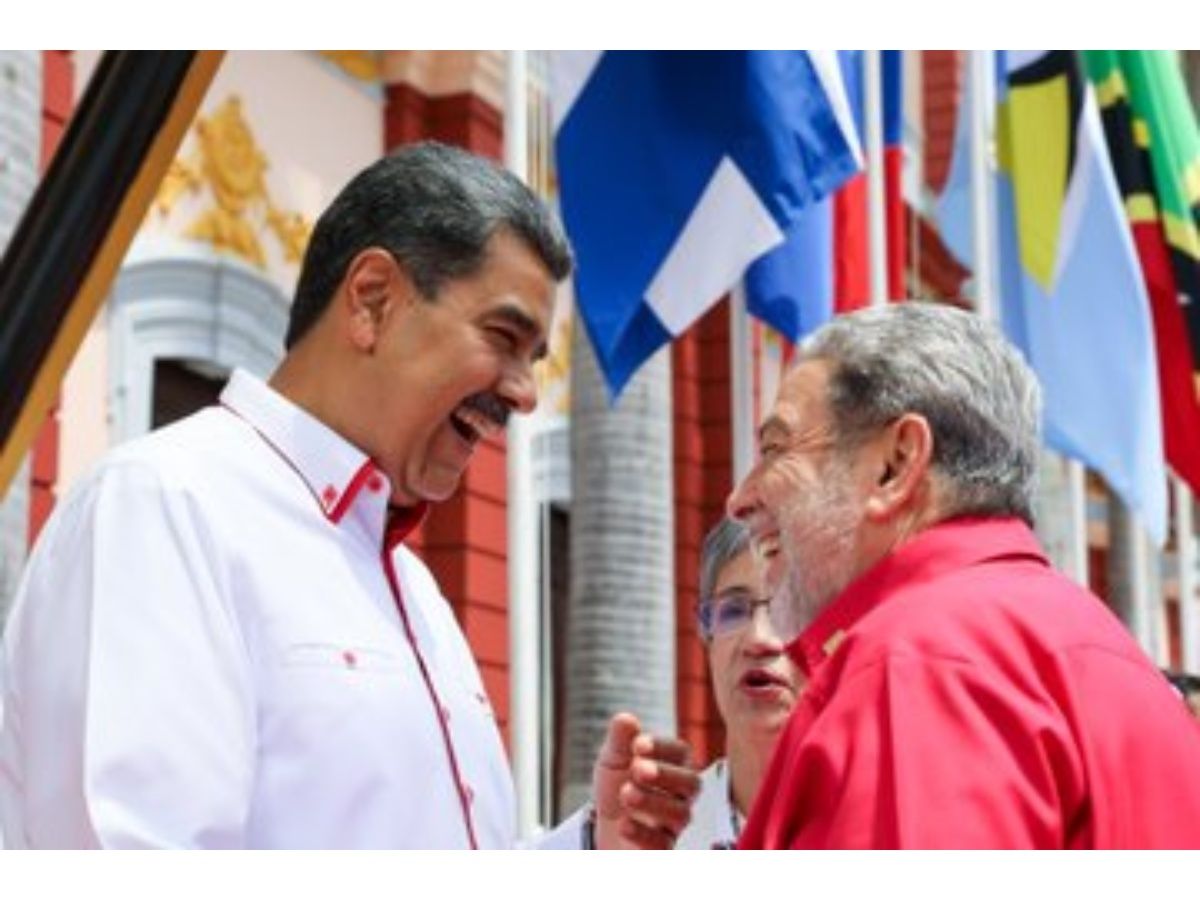Becky Hammon’s $1 million salary shows how far WNBA still has to go in paying its players
Becky Hammon will head to Las Vegas on a record-setting head coach contract that not everyone is happy about. (Eric Gay/AP)

When Las Vegas Aces (and Raiders) owner Mark Davis proudly announced that new head coach Becky Hammon would be the first WNBA coach to earn an estimated $1 million salary — for a reported five years — there was reason to celebrate.
Davis confirmed the figure during the Raiders’ introduction of their new GM and head coach, Dave Ziegler and Josh McDaniels.
“Little girls, guys, anybody can look at her and say, ‘She’s just like me. A small basketball player who’s retired and she got the job and she’s making a million dollars. I can do that too.’ That was really important to me to bring in that kind of value,” Davis boasted.
Having a woman head coach in the WNBA earn a million-dollar deal is undeniably progress, a welcome sign of willingness to invest in the league. But it also throws into relief just how little is invested into WNBA player salaries, by comparison, which are laid out through collective bargaining.
“Ahhh yes the @WNBA, where a head coach can get paid 4X the highest paid players super max contract,” unrestricted free agent center Liz Cambage wrote on Twitter soon after Hammon’s deal was officially disclosed. “lmao and y’all think imma spend another season upgrading my seat on a flight to get to games out of my own pocket.”
Cambage’s complaint is underpinned by the grim reality that, under the current collective bargaining agreement, players are limited to less than a quarter of Hammon’s million-dollar salary.
The 2022 WNBA super max base contract was set at $228,094, with rookie base contracts set at $60,671. The average base salary for players is a little over $121.5K. (When Hammon first entered the league with the Liberty 1999, players were earning base salaries between less than $25K and a little over $75K.)
And players, as set by the new CBA ratified in 2020, also have the ability to earn bonuses ranging from thousands to several hundreds of thousands of dollars for things like: Being a top player in the league — the league’s top players will be able to earn cash compensation in excess of $500,000, a more than tripling of the maximum compensation under the prior deal; getting a core designation — which a team can do only once per free agency period to retain a player who would other be an unrestricted free agent; being on a team that wins special WNBA competitions — like the Commissioner’s Cup; being on a team bringing in more total revenue through the year; winning a WNBA award and being on a playoff team. (There’s also an incentive of $100K for players who train with the U.S. Olympic team.)
That new CBA, which will run through the 2027 season, also upgraded player’s flights to games from economy to premium economy, which speaks to slow progress considering at least one team a season has some kind of commercial flight-related delay that impacts rest between games. (Liberty billionaire governor Joe Tsai started working with league commissioner Cathy Engelbert last season to get teams private flights after his team experienced back-to-back flight issues.) Anything better still requires players to reach into their own pockets. It is important to remember one of the biggest victories of the new CBA was that it did include better upgrades to quality of life as a player, like paid maternity leave, childcare stipends, enhanced mental health benefits and access tooff-season job opportunities specifically to prepare players for their next chapter after playing.
Players on the lowest base contract, or a contract for a slightly more experienced player (over $72K), in comparison to Hammon cashing out seven figures further calls out how bare-minimum the economic improvement in the longest standing women’s league in the country has been. (Cambage’s base salary last season with the Aces was $221,450.)
Those figures, for the record, are cut-rate compared to contracts players get overseas — Russian team UMMC Ekaterinburg paid the Phoenix Mercury’s Diana Taurasi $1M in 2015 just to sit out the entire WNBA season and rest before the season in Russia began. At the time, Taurasi earned a mere $107K per season in Phoenix.
All this to say that despite more player pool money, more prizes and WNBA paid upgrades to the quality of life for its players, the league is still a far cry from paying out jobs what they’re actually worth.
There are, after all, just 144 roster spots up for grabs.







